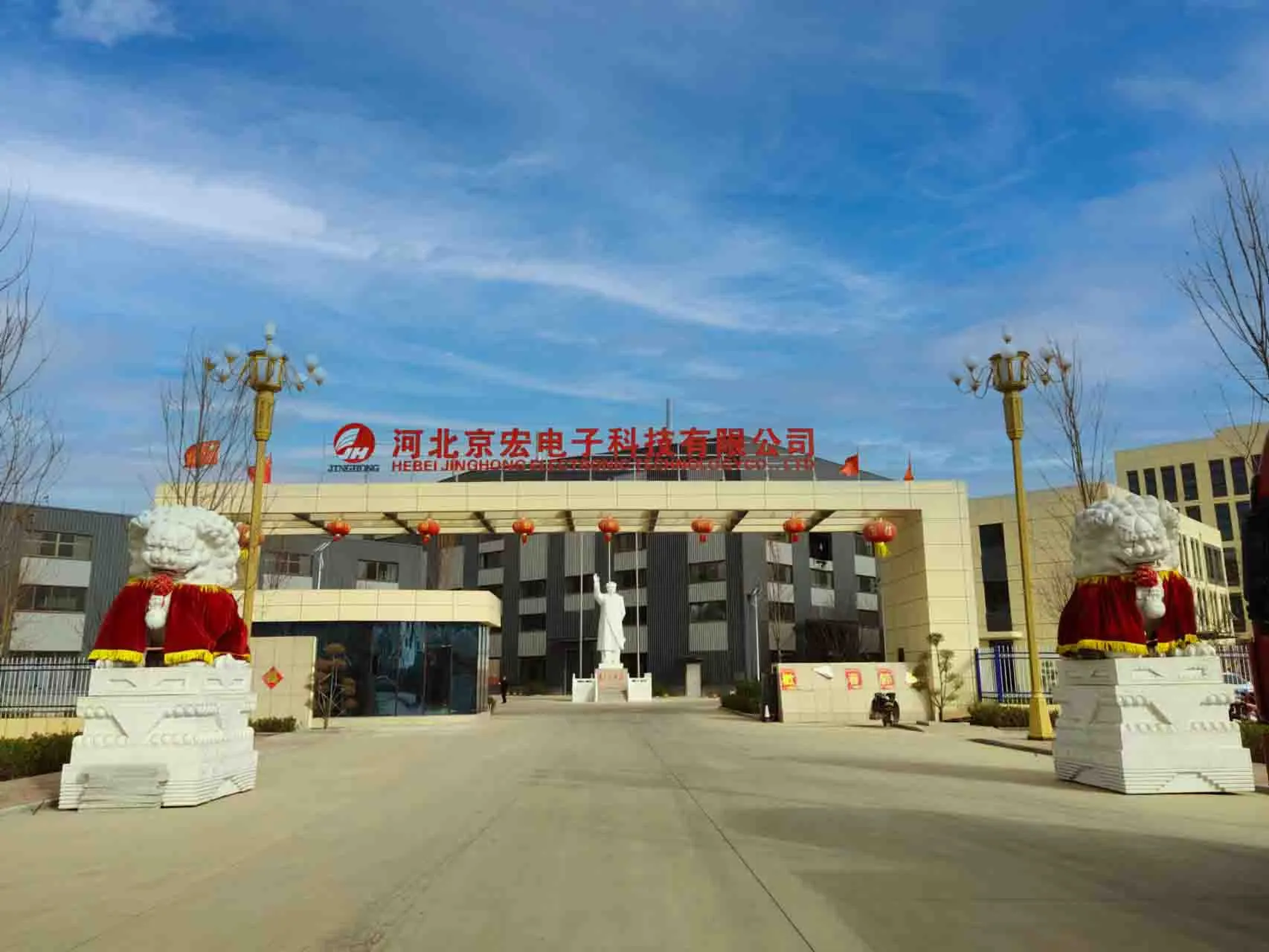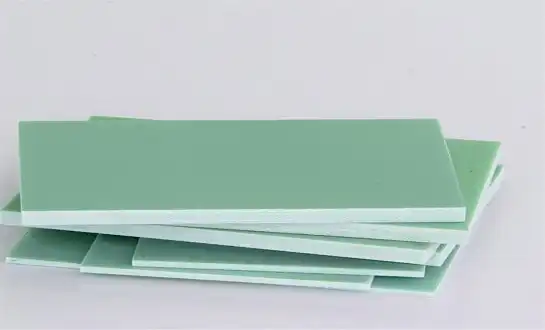Surface Finish and Cleaning after FR4 Machining
Surface finish and cleaning after FR4 machining are crucial steps in ensuring the quality and performance of FR4 sheet products. Proper surface treatment and cleaning processes remove debris, contaminants, and machining residues, enhancing the material's electrical insulation properties and mechanical integrity. These post-machining procedures also improve the FR4 sheet's adhesion capabilities for subsequent manufacturing processes, such as lamination or component mounting. By implementing effective surface finishing and cleaning techniques, manufacturers can significantly enhance the overall quality, reliability, and longevity of FR4-based products, meeting the stringent requirements of various industries, including electronics and aerospace.

Why is Proper Cleaning Critical After FR4 Machining?
Ensuring Electrical Performance
Proper cleaning after FR4 machining is paramount to maintain the exceptional electrical insulation properties of the material. Residual conductive particles or debris left on the surface can compromise the dielectric strength of the FR4 sheet, potentially leading to short circuits or signal interference in electronic applications. By thoroughly cleaning the machined FR4 surfaces, manufacturers safeguard the material's ability to effectively isolate electrical components and maintain signal integrity in complex circuit designs.
Preserving Mechanical Integrity
The mechanical strength of FR4 sheets can be adversely affected by surface contaminants left behind after machining. These impurities may weaken the material's structural integrity, reducing its ability to withstand mechanical stresses and vibrations. Adequate cleaning removes these potential weak points, ensuring that the FR4 sheet retains its excellent strength-to-weight ratio and dimensional stability, which are crucial for applications in aerospace and automotive industries.
Enhancing Bonding Capabilities
FR4 sheets often serve as substrates for various bonding processes, such as adhesive application or copper cladding. The presence of machining residues or oils on the surface can significantly impair the adhesion of these materials to the FR4 substrate. Thorough cleaning after machining creates an optimal surface for strong and reliable bonding, enhancing the overall performance and durability of the final product.
Surface Residue Removal and Contamination Control
Chemical Cleaning Methods
Chemical cleaning methods are highly effective in removing surface residues and contaminants from machined FR4 sheets. Specialized solvents and detergents are carefully selected to target specific types of contaminants without damaging the FR4 material. These chemicals can dissolve oils, greases, and other organic residues that may have accumulated during the machining process. The choice of cleaning agents must be made judiciously, considering factors such as the FR4 grade, intended application, and environmental regulations.
Mechanical Cleaning Techniques
Mechanical cleaning techniques complement chemical methods in removing stubborn contaminants and improving surface finish. Techniques such as brushing, scrubbing, or abrasive blasting can effectively dislodge particulate matter and machining debris from the FR4 surface. However, care must be taken to avoid excessive abrasion that could compromise the material's integrity. The selection of appropriate mechanical cleaning tools and parameters depends on the specific FR4 grade and the desired surface characteristics for subsequent processing or application.
Ultrasonic Cleaning Systems
Ultrasonic cleaning systems offer a sophisticated approach to removing contaminants from machined FR4 sheets, especially for intricate geometries or hard-to-reach areas. These systems utilize high-frequency sound waves to create microscopic cavitation bubbles in a cleaning solution, which implode upon contact with the FR4 surface, effectively dislodging and removing contaminants. Ultrasonic cleaning is particularly beneficial for removing fine particles and residues that may be resistant to conventional cleaning methods, ensuring a thoroughly clean surface for subsequent processing or assembly.
Post-Machining Finishes for Improved Bonding And Durability
Surface Activation Treatments
Surface activation treatments are employed to enhance the bonding capabilities of machined FR4 sheets. These treatments modify the surface chemistry of the material, creating reactive sites that promote stronger adhesion with subsequent coatings or adhesives. Plasma treatment is a common activation method that uses ionized gas to remove organic contaminants and increase surface energy. Another technique is corona discharge treatment, which oxidizes the surface, improving its wettability and adhesion properties. These activation processes are crucial for applications requiring robust bonding between FR4 substrates and other materials.
Protective Coatings Application
Applying protective coatings to machined FR4 sheets can significantly enhance their durability and performance in challenging environments. These coatings can provide additional resistance to moisture, chemicals, and abrasion, extending the lifespan of FR4-based products. Conformal coatings, such as acrylic, silicone, or epoxy-based formulations, are commonly used to protect electronic assemblies from environmental factors. The selection of an appropriate coating depends on the specific requirements of the application, including temperature range, chemical exposure, and flexibility needs.
Surface Roughening for Improved Adhesion
In some applications, intentional surface roughening of machined FR4 sheets can greatly improve adhesion strength for subsequent bonding processes. Techniques such as mechanical abrasion, chemical etching, or laser texturing can create a microstructured surface that increases the effective bonding area and provides mechanical interlocking with adhesives or coatings. The degree of surface roughening must be carefully controlled to achieve optimal adhesion without compromising the material's structural integrity or electrical properties. This process is particularly beneficial in applications requiring high-strength bonds, such as in aerospace or automotive industries.
Conclusion
The surface finish and cleaning processes after FR4 machining are integral to maintaining the material's exceptional properties and ensuring optimal performance in various applications. By implementing comprehensive cleaning methods and applying appropriate surface treatments, manufacturers can enhance the electrical insulation, mechanical strength, and bonding capabilities of FR4 sheets. These post-machining procedures not only improve product quality but also contribute to the longevity and reliability of FR4-based components in demanding environments. As technology advances, continuous innovation in surface finishing and cleaning techniques will further optimize the utilization of FR4 materials across industries.
FAQs
What are the key benefits of proper surface finish and cleaning after FR4 machining?
Proper surface finish and cleaning after FR4 machining enhance electrical insulation properties, preserve mechanical integrity, and improve bonding capabilities for subsequent processes.
How does ultrasonic cleaning benefit FR4 sheet cleaning?
Ultrasonic cleaning effectively removes fine particles and residues from intricate geometries and hard-to-reach areas of machined FR4 sheets, ensuring thorough cleaning.
What types of protective coatings can be applied to FR4 sheets?
Common protective coatings for FR4 sheets include conformal coatings such as acrylic, silicone, or epoxy-based formulations, which provide additional resistance to moisture, chemicals, and abrasion.
Experience the Superior Quality of J&Q's FR4 Sheets
At J&Q, we pride ourselves on over 20 years of experience in producing and selling top-quality FR4 sheets. Our state-of-the-art manufacturing processes and rigorous quality control ensure that our FR4 products meet the highest industry standards. With our in-house logistics company, we offer seamless, one-stop solutions for all your FR4 sheet needs. Experience the difference that premium FR4 sheets can make in your projects. Contact us today at info@jhd-material.com to learn more about our products and services.
References
Johnson, R. (2022). Advanced Surface Finishing Techniques for FR4 Materials in Electronics Manufacturing.
Smith, A. et al. (2021). Comparative Study of Cleaning Methods for FR4 Substrates in PCB Fabrication.
Zhang, L. (2023). Impact of Post-Machining Surface Treatments on FR4 Performance in Aerospace Applications.
Brown, K. (2022). Optimization of Ultrasonic Cleaning Parameters for FR4 Sheets in High-Reliability Electronics.
Davis, M. and Wilson, T. (2021). Novel Approaches to Surface Activation of FR4 Materials for Enhanced Adhesion Properties.
Lee, S. (2023). Long-Term Effects of Surface Finish Quality on FR4-Based Electronic Component Reliability.

Get a complete product list and quotation

J&Q New Composite Materials Company



